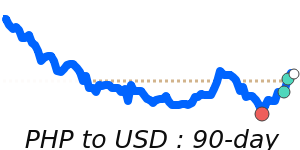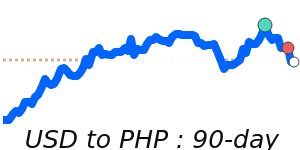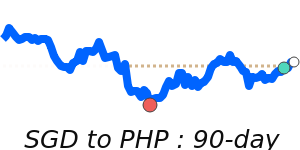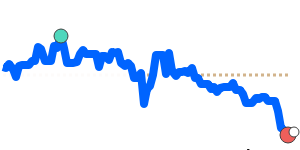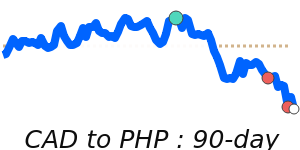The Philippine peso (PHP) has faced significant pressure recently, reflecting deeper economic concerns among analysts and investors. As of October 2025, the peso depreciated to a record low of 59.262 per US dollar, primarily driven by apprehensions regarding an economic slowdown linked to controversies surrounding infrastructure spending and expectations of further monetary easing. The Bangko Sentral ng Pilipinas (BSP) has adopted a market-determined exchange rate policy, aiming to allow the exchange rate to fluctuate according to market forces while intervening to mitigate inflationary pressures over time.
In a positive development, the inflation rate in the Philippines remained subdued at 1.7% in November, which is below the BSP's target. This has led several forecasters to suggest that the central bank could consider interest rate cuts in December to stimulate economic growth. However, reports of corruption in infrastructure projects have raised concerns among investors, further impacting the peso’s value and leading to a crisis of confidence.
Recent trading data indicates that the PHP has been trading at 0.016916 against the US dollar, which is 1.3% below its three-month average of 0.01714, while also remaining in a relatively stable range. against the Euro, the peso stands at 0.014531—again, 1.3% below its three-month average. The exchange rate with the British pound is at 0.012693, also reflecting a 1.4% dip from its long-term average. Notably, the PHP has shown some strength against the Japanese yen, trading at 2.6358, which is 1.1% above its three-month average.
As the markets observe the BSP's next moves and any economic policy changes, caution is warranted for individuals and businesses engaging in international transactions. The recent trends highlight the importance of staying updated with currency movements and potential central bank decisions to optimize foreign exchange outcomes.
